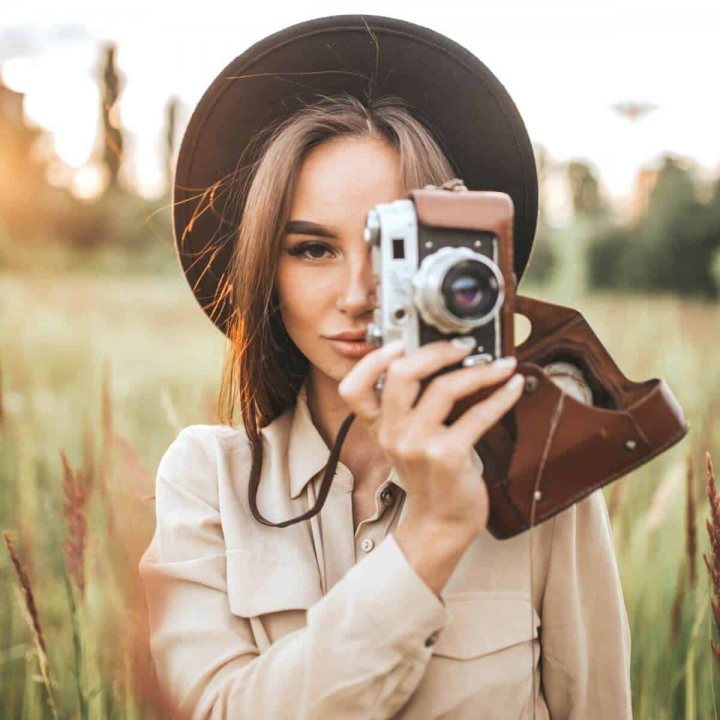
The art of photography is, by all means, a fun one. In our present age of selfies and Snapchat, thousands of pictures are uploaded to the internet by the second. Starting as a photographer? Then let us help you with these tips before you venture into the world of photography. This article contains 10 photography tips that will prove helpful as you begin your journey.
Table of Contents
- Use the Camera You Already Have
- Work with Your Composition
- Don’t Overexpose Highlights
- Pay Attention to the Light
- Take Your Time
- Move Your Feet
- Clean Your Camera Lens
- Learn Basic Post-Processing
- Backup Your Photos
- Get Organized
- Have Fun
- Shoot a Lot and Experiment!
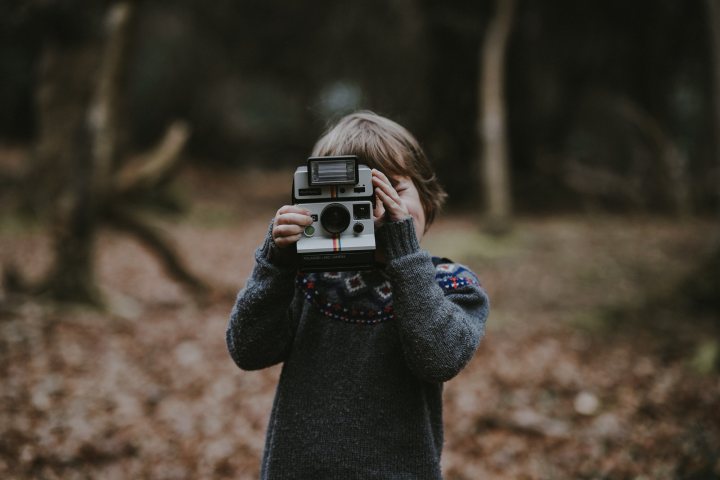
Use the Camera You Already Have
The type of camera you choose to use is not all that important. There are different varieties of cameras, lenses and other accessories available in the market today. Once you have tried a few, you will come to realize that almost every gadget is in excellent shape today. The differences between them are minor, which brings about a variation in price. Best bet is to use any camera available at your disposal. Entry-level DSLRs are now way better than the top-of-the-line film SLRs. So, in all ramifications, you are good to go. Your knowledge of camera settings and creative skills is an aspect you should pay more attention to when starting. Focus more on these and not the acquisition of camera equipment
Work with Your Composition
To achieve excellent and engaging photos, you need to get involved with what you are doing. Don’t go all autopilot mode; instead, think well about your composition and try as much as possible to make sure your pictures come out nice.
This begins with the knowledge on how to create good pictures. Maintain your horizon level, and try to remove any distraction by adjusting your composition. Also, try not to cut off vital parts of your subject with the edge of your camera frame. Ensure that your photo has an aurora of simplicity and balance. Keep on trying if you don’t get the perfect shot on your first trial. Practise they say makes perfect.
Don’t Overexpose Highlights
When selecting settings on your camera, it is essential to avoid overexposing highlights in a photo. Why? It is impossible to recover anything from these white areas as such; you may lose important details.
It’s possible to keep your highlights intact. But this is where aperture, ISO, and shutter speed play critical roles. These are camera settings used to adjust the brightness of a picture.
When clicking away, ensure you crosscheck the camera screen to see if there is any overexposure.
If any, the first thing you need to do is to reduce your ISO to its base value (usually ISO 100). If it’s already in place, make use of faster shutter speed. That should do the trick. As for aperture, make sure it isn’t set to an extreme value (f/32, f/45, etc.), and you’ll be fine.
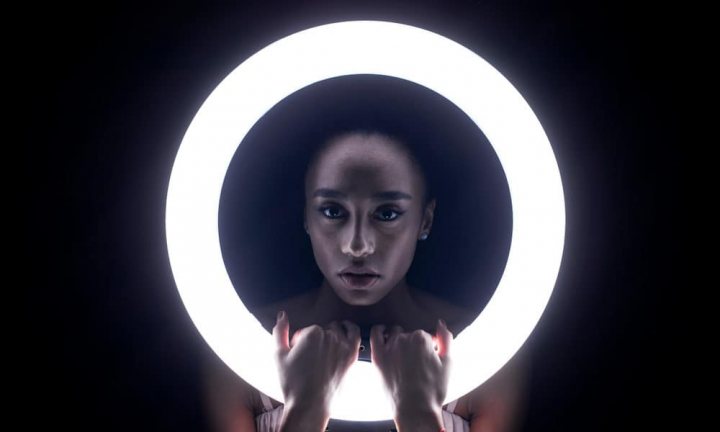
Pay Attention to the Light
The most important aspect of photography is lightning. If you take a picture with good light, you are one step away from achieving a great photo.
But what counts as good light? Definitely not all about sunset.
The main focus is to balance the intensity of light between the background and subject. Even when taking pictures at sunset, the photos may be damaged by a silhouetted and dark background.
To solve this issue, you have to pay attention to the softness and direction of the light. If the light is harsh, your subject might be labelled with shadows which becomes problematic when shooting a portrait.
If the light is from an unflattering angle, try to adjust the source of light (in a studio) or reposition your subject (outdoors).
Also if you are taking a selfie, make sure you have enough source of light. You can use a flash or move somewhere brighter.
Take Your Time
It is easy to make mistakes in photography if you are not equipped with the needed knowledge. The best way to avoid this is to take your time, especially when you are just taking baby steps in photography.
Always double-check the settings of your camera. If you have an outdoor shoot and the setting of your camera is late at night, something is wrong. Slow down and reset the time for the desired result.
Never listen to people that tell you not to review your pictures on the field. Fine, it is a bad idea, but it could save you a lot. Find out the issues with an image while on the field, not back at your computer.
Move Your Feet
It is easy to get into the habit of standing in one place while taking pictures. Try as much as possible to move your feet or tripod, whichever applies to you. Change the height of your camera, climb on top of anything to give you a different view, walk forward and backwards, whatever you do, make sure you move!
If all your photos are taken facing the same direction, the same height, guess what? All you get are boring pictures. Without much experimentation, you will miss out on a lot of amazing photos.
Constant movement is the only way to change the relative position and sizes of objects in your photos.
Don’t like the fact that the landscape in the background is too small and the subject is too big? Move back a bit and zoom in. Need to fix a distracting rock? Move around it until it’s out of view or too small to disturb your shot.
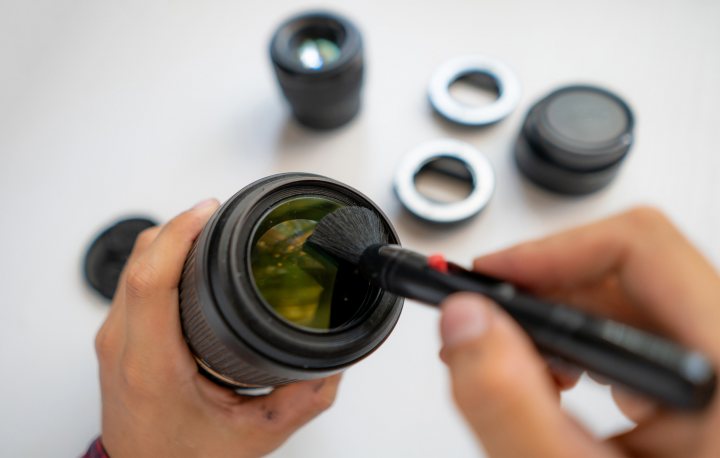
Clean Your Camera Lens
There is nothing pretty about a dirty and dusty camera lens, and it’s not going to give you excellent photos. It is the easiest and fastest way to snap blurry images.
I am not talking about little bits of dust; it may not even be noticeable in an image. Instead, I am talking about that accumulated dirt, lenses that haven’t been cleaned in ages. Do yourself a whole lot of good, get a lens cleaning solution and a microfiber cloth. Take them on trips and use them at least once a week.
Learn Basic Post-Processing
Post-processing is not on the priority list of a typical photographer, but it should be. Sometimes, with just an extra touch, a good photo can turn exceptional.
It is easy to overdo when post-processing, so the most important thing is to make sure your edits are not permanent (AKA "destructive editing")
Either edit in software that stores your edits in a separate file rather than baking them into the image or better still use the Save As command to preserve your original data.
Post-processing is about guiding the eye of your viewer and imparting a mood in an image. You will get better with practice, be subtle and try not to over-edit your photos.
Backup Your Photos
Don’t ever let this happen to you. A lot of photographers have lost important photos at a point in their career. For starters, always keep a backup. Never store your photos in a single hard drive at a time; eventually, your hard drive may crash. It’s just a matter about when.
Ideally, you should have at least three copies of all your photos. You should store them in an internal hard drive, removable storage medium and any other device. At least one of the backups should be stored off-site. This is known as the 3-2-1 rule. It is almost impossible to lose files when you store them like this.
Get Organized
No matter the kind of person you are, your photos must be easy to find. It is not only about getting through your workflow with ease. If you don’t remember how you arranged your drive, you might end up deleting a relevant folder.
Some photographers prefer to organize their photos by year, then divide each year by specific events rather than months. Whatever method you decide to use, it is good but make sure that you cultivate good habits early to avoid issues.
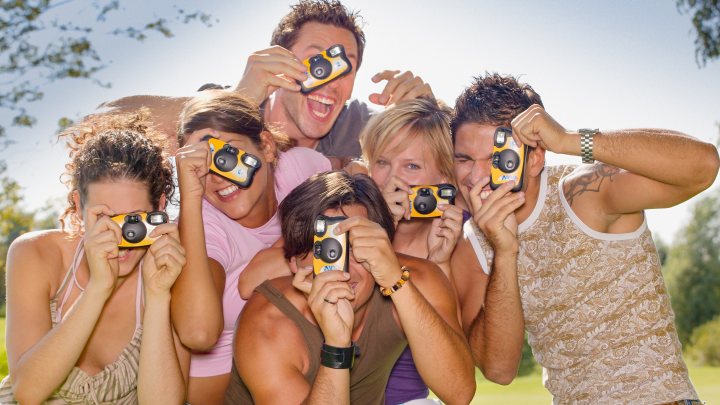
Have Fun
Photography is supposed to be fun. Even professional photographers enjoy what they do, do not let the spark die out. Learn to try something new and also continue to advance in your skills. Photography should be a source of joy, not all seriousness and debate of camera brands or other people’s opinions. Think about why you started taking pictures in the first place. It is meaningful, insightful and an excellent way to see beautiful sights and meet amazing people. The best photographers are mostly the ones who have fun while on the job.
Shoot a Lot and Experiment!
Practice, practice, practice. This cannot be overemphasized, this will take you far in your photography skill.
The more you practice, the better the photos you take. You’ll find that as you progress, the pictures you take will look better than your early attempts.
This does not mean your first photos would be bad. You can take amazing pictures when starting, but this will require some luck. As you snap away, you will get better with every click.
In short, the more time you spend taking pictures, the easier it gets to take pictures you have in mind. That is the goal of everything. Knowing how to translate the image you have in your mind, and your emotions, into photography that others can relate.
Request A Call Back
Ever find yourself stirring at your computer screen and a good media slogan to come to mind? Oftentimes.





